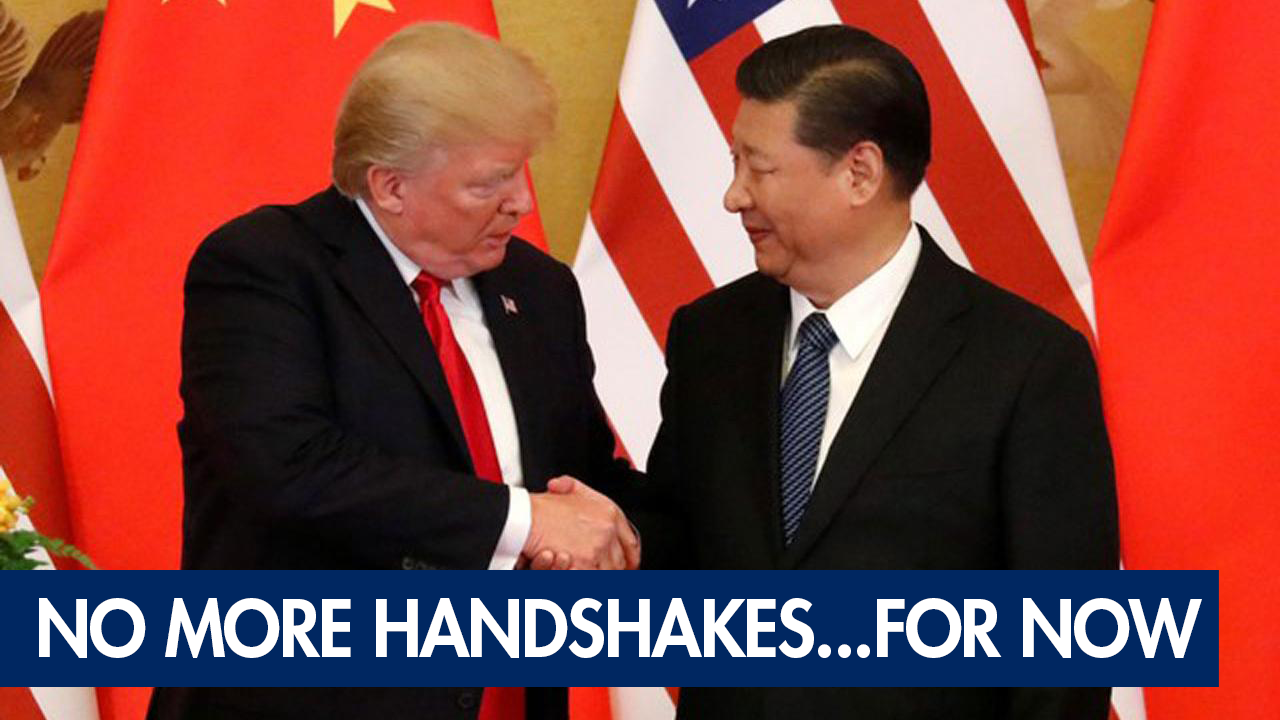
Understanding the Tariff Increase
A small parcel refers to packages shipped internationally, typically weighing less than 2 pounds and valued under $800. These parcels often include items like clothing, electronics, and accessories. The U.S. Customs and Border Protection (CBP) uses specific criteria to classify these shipments, which are now subject to a 120% tariff. This means that if a small parcel is valued at $100, the importer must pay an additional $120 in tariffs, making the total cost $220.
The legal basis for this tariff increase stems from the Trade Act of 1974, which grants the President authority to impose tariffs to address trade imbalances or unfair practices. Trump’s decision aligns with his broader protectionist policies, which aim to protect U.S. industries from foreign competition. Historically, tariffs have been used to shield domestic markets, but they often lead to higher costs for businesses and consumers.
For example, in 2018, Trump imposed tariffs on steel and aluminum, which resulted in increased prices for manufacturers and retaliatory tariffs from trading partners. Similarly, the 120% tariff on small parcels could disrupt global supply chains, particularly for e-commerce businesses that rely on affordable international shipping.
Impact on Small Businesses
Small businesses are among the hardest hit by this tariff increase. Many rely on importing affordable goods to remain competitive. For instance, a small online retailer importing $50,000 worth of goods annually could face an additional $60,000 in tariffs, significantly cutting into profits.
Case studies from previous tariff hikes show that small businesses often struggle to absorb these costs. Some may pass the burden onto consumers, leading to higher prices and reduced sales. Others may seek alternative suppliers, but this can be time-consuming and costly.
Government programs like the Small Business Administration (SBA) offer support, but they may not fully offset the financial strain. Additionally, small businesses can lobby for exemptions, but this process is often complex and uncertain.
International Reactions and Responses
Key trading partners, such as China and the EU, have already expressed concerns about the tariff increase. China, a major exporter of small parcels to the U.S., may retaliate with its own tariffs on American goods. The EU could also impose countermeasures, potentially escalating into a trade war.
The World Trade Organization (WTO) may mediate disputes, but its effectiveness is limited by the U.S.’s recent skepticism of multilateral trade agreements. Other countries might respond by increasing their own tariffs or implementing non-tariff barriers, such as stricter import regulations.
Global supply chains could also shift, with companies relocating production to avoid tariffs. For example, some manufacturers might move operations to countries not affected by the tariff increase, while others may reshore production to the U.S.
Economic Implications for the U.S.
The tariff increase could have mixed effects on the U.S. economy. While it may protect some domestic industries, it could also lead to higher consumer prices and reduced spending. For example, retailers importing small parcels may raise prices to cover the additional costs, impacting consumer budgets.
Inflationary pressures could prompt the Federal Reserve to adjust monetary policy, potentially raising interest rates. This could slow economic growth and affect employment in sectors reliant on affordable imports.
The U.S. dollar’s value might also fluctuate, as tariffs can influence trade balances and investor confidence. Additionally, changes in investment patterns could occur, with businesses redirecting capital to mitigate tariff-related risks.
Legal and Regulatory Considerations
The Tariff Act of 1930 and the Trade Act of 1974 provide the legal framework for this tariff increase. However, legal challenges could arise, particularly if trading partners argue that the tariffs violate international trade agreements.
The U.S. International Trade Commission (ITC) may investigate the economic impact of the tariffs, potentially influencing future policy decisions. Congress also plays a role, as it can pass legislation to modify or overturn the tariffs.
The Office of the U.S. Trade Representative (USTR) will likely manage negotiations with affected countries, seeking to address concerns and prevent further escalation. Changes to existing trade agreements, such as the USMCA, could also be considered to mitigate the tariff’s impact.



